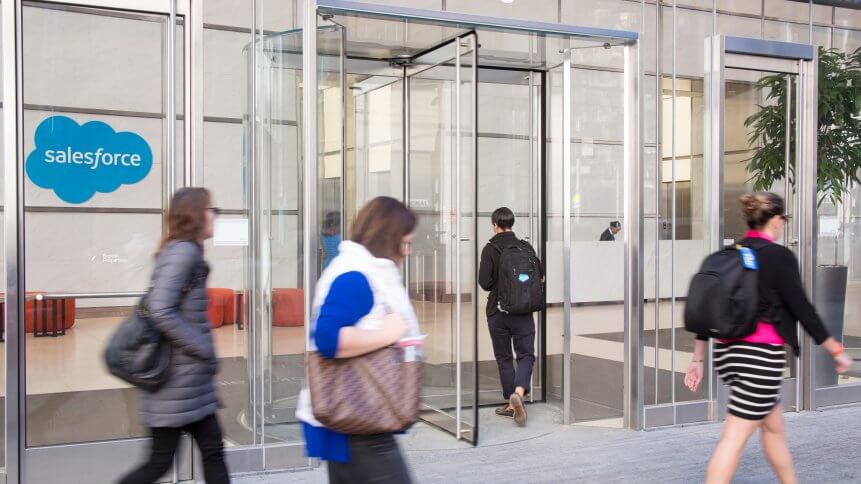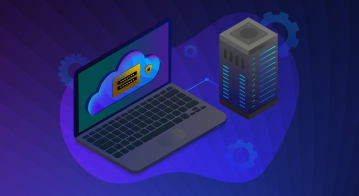When SaaS goes South: How to minimize the impact of an outage

Salesforce and Pardot’s recent outage left marketers without access to job-essential tools for nearly 15 hours. With dozens of acquired capabilities and as the CRM of choice for 88 percent of the Fortune 100, the hiccup caused major productivity losses.
The outage, blamed on a faulty Pardot database script, allowed users to see and edit all their company’s data, regardless of the permission settings.
To guard against the repercussions of free-for-all access, Salesforce restricted access for current and past Pardot customers while working to resolve the issue. As a result, marketers lost access to data, analytics, contacts and more, forcing thousands of teams to halt all work activities.
For any major Software-as-a-Service (SaaS) tool, it’s essential to build a contingency plan into your overarching disaster recovery strategy.
The risk of an outage exists not only for Salesforce, but for any cloud-based software that your operations rely on. What can your company do to ensure productivity doesn’t suffer when an outage occurs? It all comes down to developing a strong back-up plan designed to mitigate the right risks.
#1 | Identify the risk
The process of protecting your business from the effects of an outage starts with considering the possibility of a service failure.
Any tool that is operations-dependent is a risk. Some employees perform their entire jobs out of the Salesforce platform, obviously warranting the formation of a contingency plan for the tool. But an application like Slack, while extremely helpful day to day, probably doesn’t need a backup plan. Work can go on (albeit inconveniently) without it.
#2 | Develop a plan
Teams require documented, vetted and tested plans for backing up the tools they use most. Simply relying on a backup copy of data won’t cut it. If Salesforce had been able to rewind to a version of software prior to the bad deployment script, it would have significantly reduced the effects of the outage.
When designing a plan, keep in mind that functional recovery points should be accessible on a moment’s notice. Many traditional disaster recovery solutions don’t have this capability, warranting a more modern recovery product. Finally, remember to test your plan on a regular basis, with gaps and audit findings clearly documented.
YOU MIGHT LIKE

Cloud computing shows its potential
#3 | Loop in line-of-business employees
Working with every team to identify the tools they’d be lost without puts you on the right track to ward off future disasters. It also helps frontline employees imagine the possibility of losing their necessary work tools.
Adoption and compliance are key to getting the most out of a recovery plan. Forcing employees to reckon with the potential negative effects of an outage and encouraging them to participate in forming a solution increases the likelihood of cooperation.
SaaS outages may not be within users’ control, but they could suffer significant consequences if you don’t have a proper recovery plan in place. Given the ever-present risk of an outage, any professional dependent on a cloud-based tool must take steps to protect their own productivity, with the help of their IT teams.
A holistic and well-tested contingency plan with the accompanying tech will get the job done when a SaaS tool’s functionality goes south.
This article was contributed by Sash Sunkara & Todd Matters, the co-founders of RackWare.









